Top Reasons Step-by-Step Guide to Making Wooden Coasters
Creative Outlet
Making wooden coasters is a wonderful way to unleash your artistic side. The project allows for endless possibilities, such as painting intricate patterns, engraving unique designs, or experimenting with woodburning techniques. Whether you prefer minimalistic styles or vibrant creations, this DIY endeavor gives you the freedom to tailor coasters to your taste. It’s an excellent opportunity to explore different materials and craft something both beautiful and functional. By incorporating your personal flair, each coaster becomes a unique piece of art that reflects your creativity, adding a distinct touch to your home décor.
Eco-Friendly
Crafting wooden coasters is an environmentally conscious activity. By using reclaimed wood or sustainable materials, you minimize waste while creating something useful. Repurposing scraps from previous projects is not only cost-effective but also contributes to reducing environmental impact. This practice encourages mindful consumption, ensuring that every piece of wood is put to good use.
Cost-Effective
DIY wooden coasters are an affordable project that doesn’t require a significant investment. Basic tools, such as a saw, sandpaper, and wood sealant, are often sufficient to get started. Compared to purchasing ready-made options, crafting your own coasters can save you money while ensuring high-quality results. Additionally, it’s an enjoyable activity that delivers both economic and personal satisfaction.
Functional and Practical
Wooden coasters serve a dual purpose: they protect surfaces from moisture and heat while adding a touch of elegance to your home. Unlike plastic or ceramic alternatives, wooden coasters are durable and timeless. Whether used for casual gatherings or formal dinners, they are a practical addition that combines aesthetics and functionality, making them essential for any household.
Perfect for Gifting
Handmade wooden coasters make exceptional gifts for family and friends. By tailoring designs to match the recipient’s preferences, such as engraving initials or painting favorite themes, you create a meaningful and personalized present. These coasters are not only functional but also sentimental, making them perfect for holidays, housewarming parties, or other special occasions.
Skill Development
Creating wooden coasters is a beginner-friendly project that introduces valuable woodworking techniques. Through tasks like cutting, sanding, and finishing, you can develop essential skills that build confidence for tackling more complex projects. It’s a rewarding way to learn while producing something practical and visually appealing.
Versatility in Design
Wooden coasters can be adapted to suit any aesthetic, from rustic and farmhouse styles to sleek and modern designs. Customizing shapes, finishes, and decorations allows you to create coasters that complement various themes. This versatility makes them an ideal choice for anyone looking to elevate their home décor.
Step-by-Step Guide to Making Wooden Coasters
Step 1: Gather Materials and Tools
To make wooden coasters, collect essential materials such as wood pieces, sandpaper, wood stain or paint, and a sealant. Tools like a saw, measuring tape, clamps, and brushes are also needed. Choosing the right type of wood, such as oak, cedar, or pine, ensures durability and aesthetic appeal.
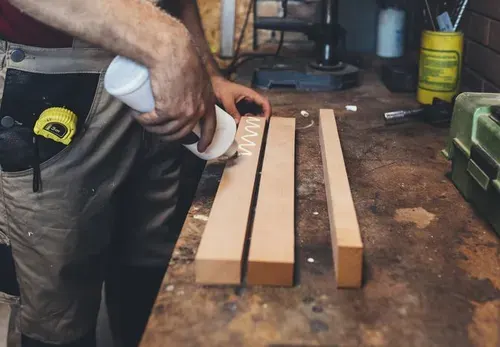
Step 2: Cut the Wood
Measure and mark the wood to your desired coaster size, typically 4×4 inches. Use a saw to cut the wood into evenly sized pieces. Ensure straight edges and clean cuts for a polished look. For round coasters, use a jigsaw or circular template for precision.
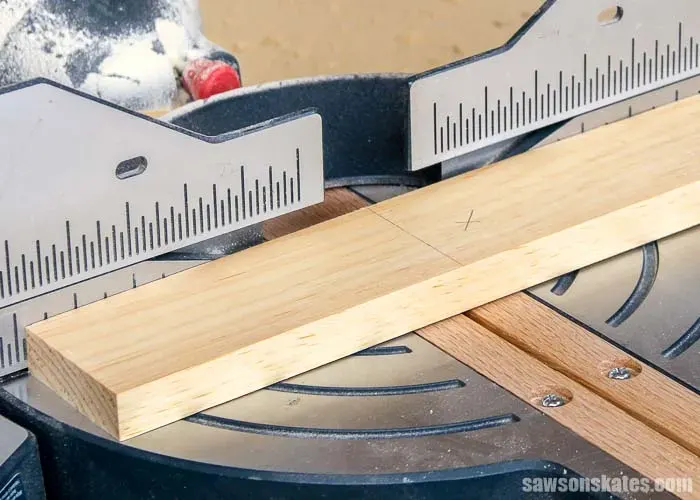
Step 3: Sand the Edges and Surface
Smoothen the edges and surfaces of each wooden piece using sandpaper. Start with coarse-grit sandpaper to remove rough patches and finish with finer grit for a smooth, splinter-free surface. This step ensures the coasters are safe to handle and have a professional finish.
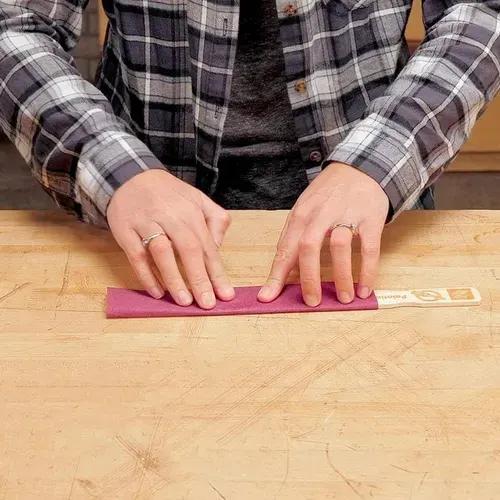
Step 4: Customize the Design
Decorate your coasters with paint, woodburning tools, or stencils. Experiment with patterns, colors, or engravings to add a personal touch. For a natural look, leave the wood unfinished or apply a wood stain to enhance its grain.
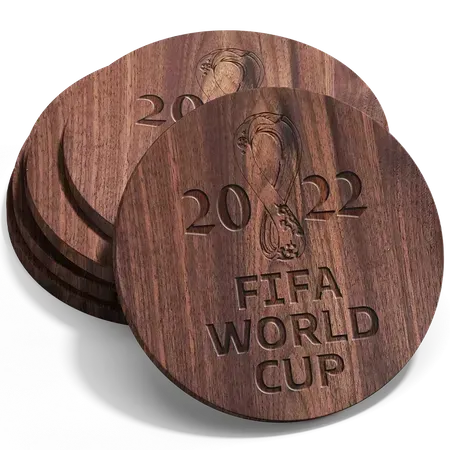
Step 5: Seal the Coasters
Apply a protective sealant or varnish to make the coasters water-resistant and durable. Use a brush or cloth to evenly coat the surface and edges. Allow the sealant to dry completely before using the coasters.
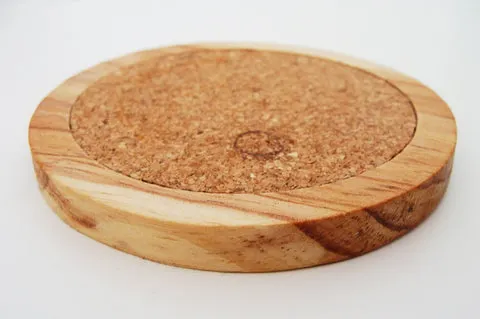
Step 6: Add Felt Pads (Optional)
Attach felt pads to the underside of each coaster to protect surfaces from scratches. These pads also prevent the coasters from slipping on smooth tabletops.
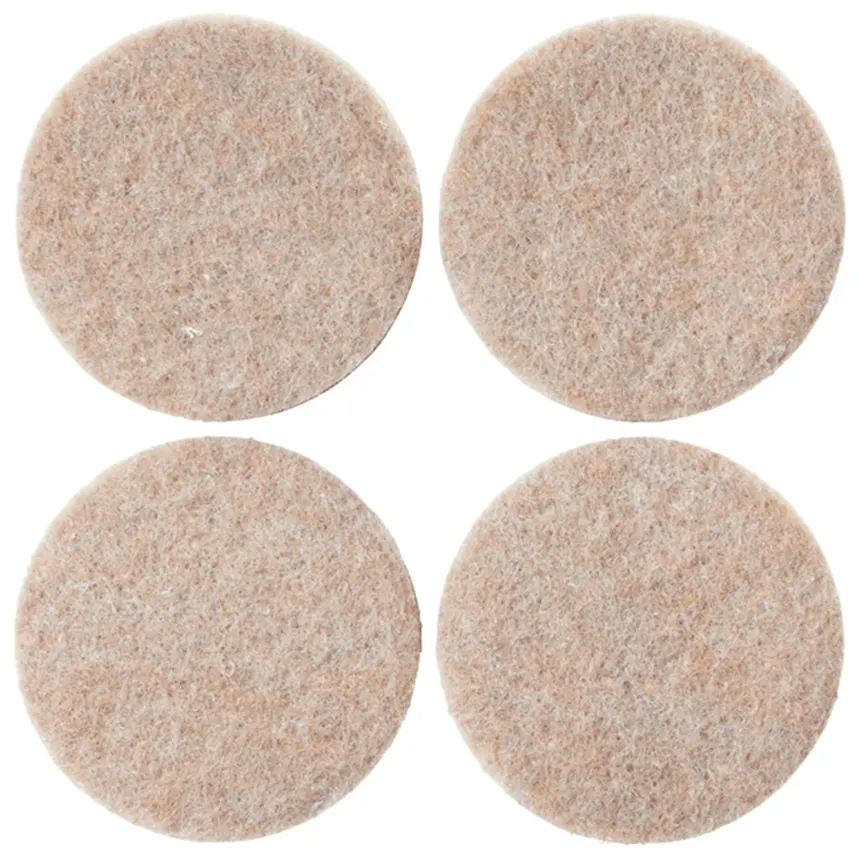
Step 7: Enjoy Your Handmade Coasters
Once the coasters are dry and complete, they are ready to use or gift. Arrange them on your table to protect surfaces while adding a touch of charm to your décor. Handmade wooden coasters are both functional and decorative, perfect for everyday use or special occasions.
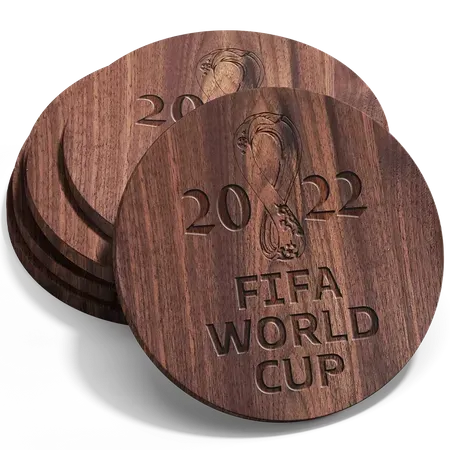
Quick Tips for Embracing Step-by-Step Guide to Making Wooden Coasters
Choose the Right Wood
Selecting the right wood is essential for crafting durable and attractive wooden coasters. Hardwoods like oak, maple, and cedar are excellent choices due to their strength and natural beauty. These woods resist warping and cracking, ensuring the longevity of your coasters. Opt for pieces that are free of knots, splits, or other defects that could compromise the structure. If you’re aiming for a rustic look, reclaimed wood can add a touch of uniqueness and charm. Additionally, consider the thickness of the wood; thicker pieces provide better stability and durability. By investing time in selecting quality materials, you’ll set the foundation for a project that is both functional and visually appealing.
Use Proper Tools
Using the right tools ensures precision and ease when crafting your wooden coasters. Essential tools include a circular saw or jigsaw for cutting, sandpaper in various grits for smoothing, and a paintbrush or foam applicator for applying finishes. Sharp cutting tools are vital for clean edges and accurate shapes, while quality sandpaper ensures a splinter-free surface. A woodburning tool can add decorative touches, and clamps can help stabilize the wood during cutting and sanding. Additionally, consider using a measuring tape and square to ensure uniformity in size and shape. Investing in reliable tools not only simplifies the process but also results in a professional-quality finish for your coasters.
Focus on Precision
Precision is key when crafting coasters that are both functional and visually appealing. Start by measuring and marking the wood to achieve consistent sizes and shapes for each piece. Use a ruler or square to ensure straight edges and symmetry. Cutting with a steady hand or using clamps to hold the wood in place helps maintain accuracy and prevents uneven edges. After cutting, check for uniformity and make adjustments as necessary. Sanding each coaster to a smooth finish enhances the overall look and feel, removing imperfections and preparing the surface for staining or painting. A focus on precision not only ensures that the coasters look polished but also guarantees their practical usability.
Experiment with Designs
Adding unique designs to your wooden coasters can elevate their aesthetic appeal and make them stand out. Personalize them with painted patterns, engraved initials, or intricate woodburned artwork to match your style or complement your home décor. For a more modern look, consider using masking tape to create geometric patterns or stencils for intricate designs. Natural finishes, such as clear varnish, can highlight the wood grain, while colored stains can add vibrancy. Experimenting with different techniques allows you to create coasters that are truly one-of-a-kind. These creative touches not only enhance the visual appeal but also make your coasters thoughtful gifts for friends and family.
Sand Thoroughly
Sanding is an essential step to achieve smooth, splinter-free coasters. Begin with coarse-grit sandpaper to remove rough edges and imperfections, then gradually switch to finer grits for a polished finish. Focus on the edges and corners to ensure they are smooth and safe to handle. Sanding also prepares the wood surface for staining or painting by opening up the grain, which allows for better absorption. For an extra touch of finesse, consider wet-sanding the coasters after applying the first coat of finish to achieve a silky texture. Proper sanding not only improves the appearance but also enhances the functionality of your coasters, making them a joy to use.